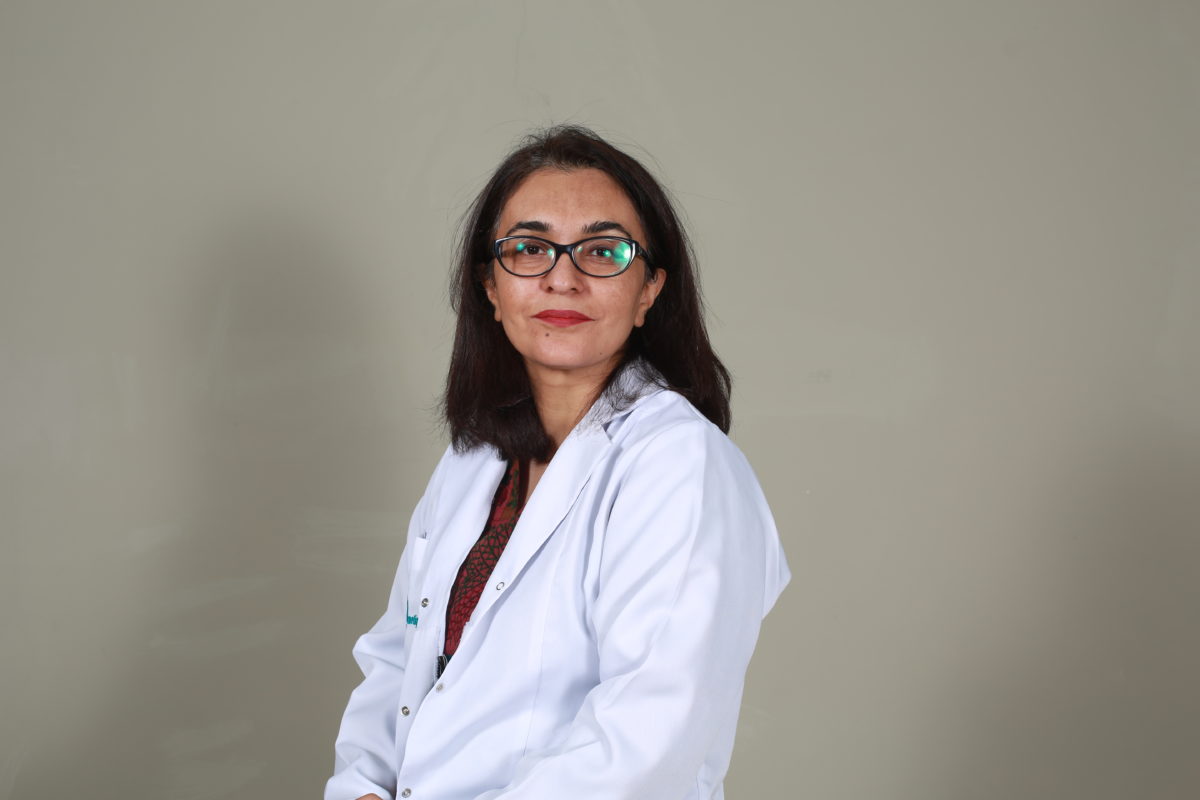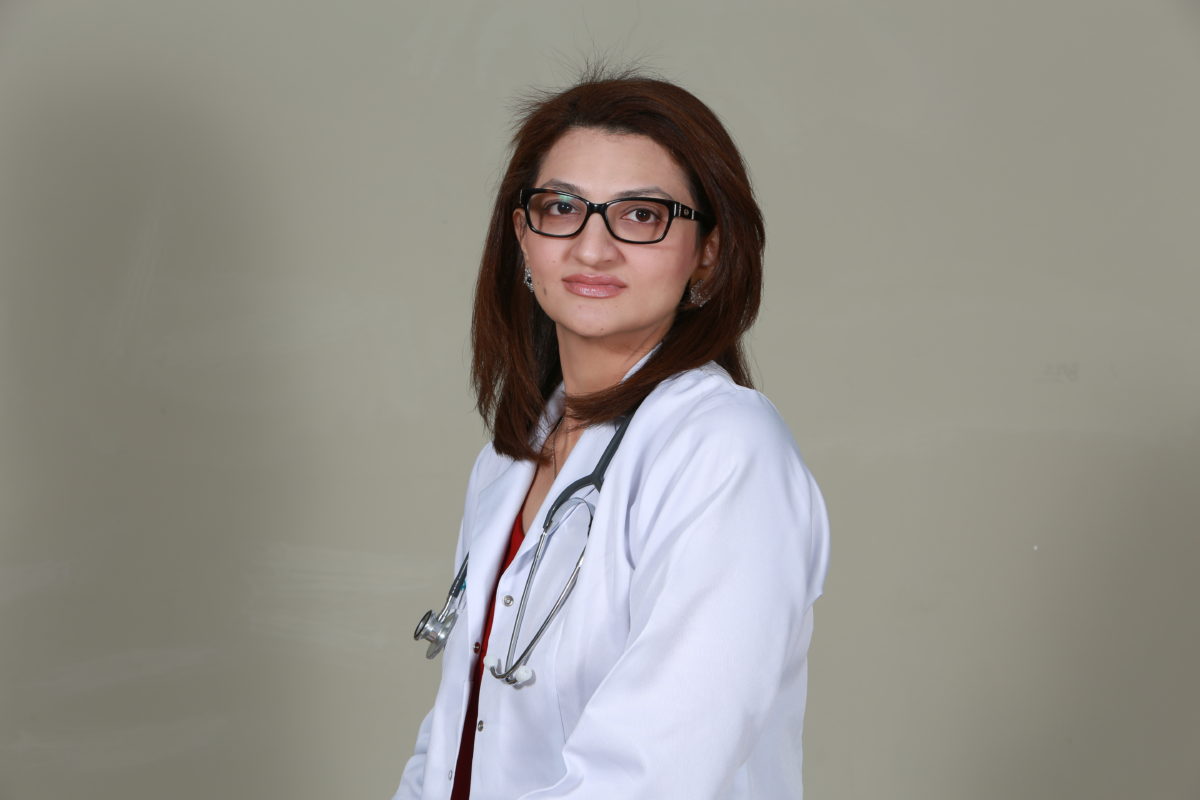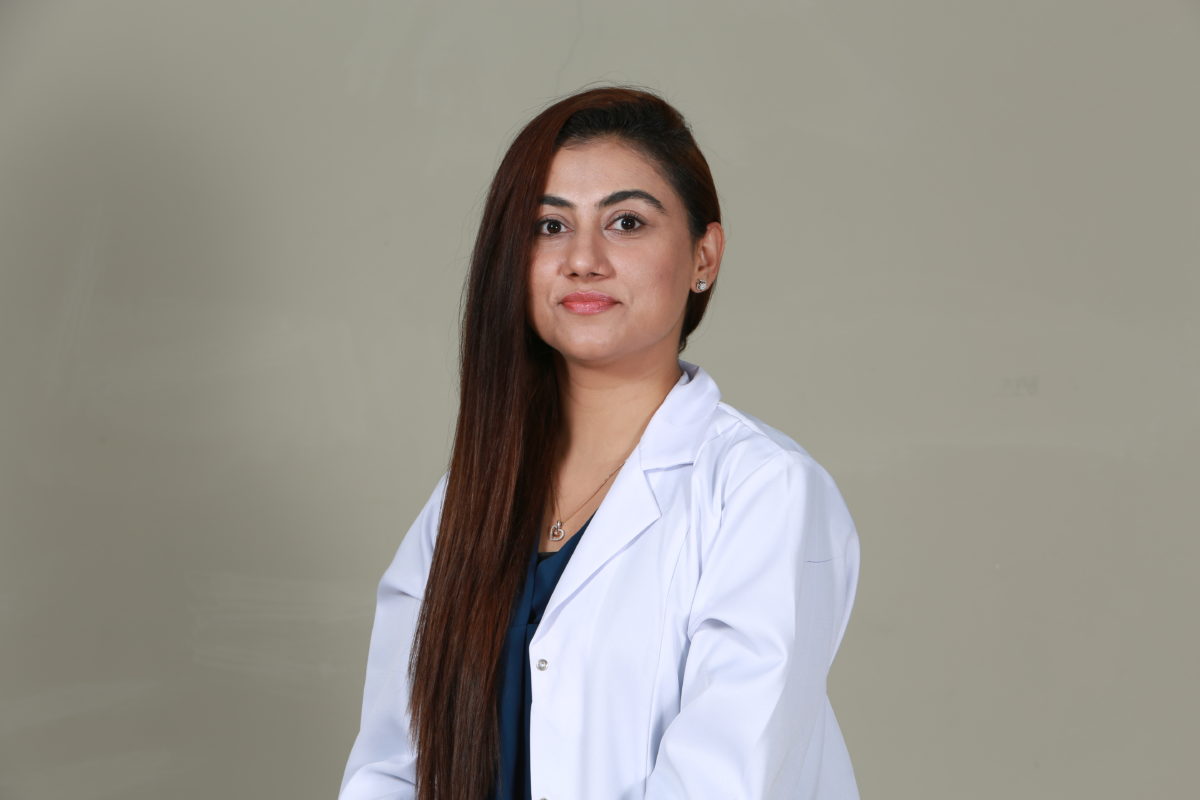

Why Choose Cosmetique for laser treatment?
The famous Cosmetique Institute of Dermatology, Laser, and Cosmetic Surgery was introduced in October 2015 in Lahore, Pakistan. And since then, it has been one of the first and only academic institutes all over Pakistan that is mainly devoted to providing the necessary education of post-graduate trainees and practicing clinicians in the various fields of dermatology. That too primarily includes a vast array of cosmetic surgery procedures like hair transplant, laser treatment, liposuction, plastic surgery, and many more. In addition to that, most importantly, this prominent institute is incredibly committed and dedicated to performing high-quality clinical research and basic science techniques employed for drug trials with special care and a focus on innovative therapies and molecular genetics.
Furthermore, the Cosmetique Institute is an exceptional regional center for maintaining several registries done for rare skin disorders like XerodermaPigmentosum, Epidermolysisbullosa, and many more few to the name. The main focus of the Cosmetique clinic is mainly placed on the different dermatological ailments that have a particular significance in the South Asian geographical region. That is primarily to promote the research on less prevalent diseases that are often ignored worldwide or are less funded by several mainstream research forums and international funding agencies.
Thus, among all the various dermatology clinics in Pakistan, the Cosmetique clinic is an outpatient specialist skincare center with a team of highly qualified and professional pathologists, dermatologists, skin specialists, research scientists, and many more. They all have the skills, experience, and expertise to diagnose, handle, and treat various skin conditions.
What if you are considering laser hair treatment for you?
Reading about various popular surgical and cosmetic procedures in Pakistan, especially, is like reading a foreign language that you can understand well. So, let’s decode the difficult terms and translate some of the commonly used medical linguistic words so that you can better understand what exactly is offered by any cosmetic treatment and what possible results you may have in the long run. So, let’s get started with the various treatment types readily available and offered by the popular Cosmetique clinic:

FACE TREATMENTS
You can readily transform the aesthetics and appeal of your face with our state of art face treatments.

BODY TREATMENTS
With the help of our latest body contouring treatments, you can feasibly redesign your entire silhouette according to your desires.

BREAST TREATMENTS
The breast is one of the most significant parts of women’s bodies, so having them in a perfect shape and shape undoubtedly enhances a woman’s overall beauty and attraction.

LASER TREATMENTS
That is a type of surgery or treatment that readily helps reduce and eliminate unwanted facial hairs, marks, discoloration, and many more. This treatment generally employs the use of specific laser beams rather than tools, so it is a painless treatment.
Ablative vs. Nonablative Lasers
The word laser is an acronym (an abbreviation that uses the first letter of each word in a description to create a term.) Laser (L-A-S-E-R) stands for light amplification by stimulated emission of radiation. In simpler terms, a laser is a single-wavelength (one color of light) source of high-energy light, which can be accurately focused to transmit that light onto a very small area.
How Lasers Work
All About Laser Treatment
The word laser is actually a popular acronym that signifies that laser is a short abbreviation for
- L – Light
- A – Amplification
- S – Stimulated
- E – Emission
- R – Radiation.
Thus, Laser stands for Light Amplification by Stimulated Emission of Radiations. In simpler words, we can explain and understand it as a laser is a single wavelength (one light color) source of exceptionally high light energy, which can be accurately focused wholly to transmit the entire light collected onto a small body area.
Types of Lasers at Cosmetique Clinic
There are two basic types of lasers:
- Ablative lasers
- Non-ablative lasers
The primary difference between the two treatments is that in ablative lasers, the light intensity only removes the top-most layer of the skin. While on the other hand, non-ablative lasers generally work by highly heating the underlying skin tissue (that too without harming the outermost surface) so that your body starts producing new and natural collagen.
How Does Laser Treatment Works?
Lasers are generally considered to be monochromatic. The word monochromatic derives from mono, meaning one/single, and chromo refers to light. So that indicates that a given laser usually emits only a single kind of light with only one wavelength/color or light.
Lasers work well in cosmetic applications through a unique process named “selective photo thermolysis.” When broken down into its parts, this term gives a very fancy meaning as photo refers to the frequency of light modulation and thermo indicates the production of heat in a specific region of the body and correspond lysis means to break down.
Thus, we can say that in the entire laser treatment, the wavelength of the light beam falling on a specified region must be in sync with the color of the targeted area, which needs to be addressed. Whether you have unsightly broken red capillaries, dark brown spots or freckles, or some other kind of undesirable skin condition and uneven skin toning, you can cure all such problems with laser treatment.
Why So Many Different Types of Lasers?
The two basic types of lasers can be further broken down into many subcategories of laser types and into literally hundreds of variations and brand names which fit into these subclassifications.
The main differences between the types of lasers have to do with wavelength. In other words, different laser wavelengths (colors of light) target different skin issues. Therefore, a variety of lasers are needed to treat a variety of skin concerns.1 For this reason, a combination of several different lasers may be recommended by your surgeon to address all of the problems that you may have. An explanation of the differences between these different laser types could get very lengthy, technical and rather confusing, so we will focus here on what types of cosmetic issues are best treated by the various laser types.
Laser Treatment
The word laser is an acronym (an abbreviation that uses the first letter of each word in a description to create a term.) Laser (L-A-S-E-R) stands for light amplification by stimulated emission of radiation. In simpler terms, a laser is a single-wavelength (one color of light) source of high-energy light, which can be accurately focused to transmit that light onto a very small area.
Ablative vs. Nonablative Lasers
The word laser is an acronym (an abbreviation that uses the first letter of each word in a description to create a term.) Laser (L-A-S-E-R) stands for light amplification by stimulated emission of radiation. In simpler terms, a laser is a single-wavelength (one color of light) source of high-energy light, which can be accurately focused to transmit that light onto a very small area.
How Lasers Work
Lasers are monochromatic (mono means one and chromo refers to color), which means that a given laser emits light of only one wavelength (or color) of light. Lasers work in cosmetic applications through a process called “selective photothermolysis.” When broken down, this very fancy word means that it modulates the frequency of light (photo) to produce heat (thermo) in the specific area of the corresponding thing you wish to destroy (lysis). To do this, the wavelength of the light beam must be in sync with the color of the target which is to be addressed, whether that be brown spots, unsightly red broken capillaries or some other undesirable skin condition.
Why So Many Different Types of Lasers?
The two basic types of lasers can be further broken down into many subcategories of laser types and into literally hundreds of variations and brand names which fit into these subclassifications.
The main differences between the types of lasers have to do with wavelength. In other words, different laser wavelengths (colors of light) target different skin issues. Therefore, a variety of lasers are needed to treat a variety of skin concerns.1 For this reason, a combination of several different lasers may be recommended by your surgeon to address all of the problems that you may have. An explanation of the differences between these different laser types could get very lengthy, technical and rather confusing, so we will focus here on what types of cosmetic issues are best treated by the various laser types.
Different Kinds of Laser Treatment for Different Cosmetic Uses
Best Clinic in Pakistan
Meet Our Doctor's

Prof. Dr. Azim Jahangir Khan
M.B.B.S., M.D. (U.S.A), F.A.A.D. (U.S.A), F.A.A.C.S. (U.S.A), F.A.S.D.S. (U.S.A) F.A.S.L.M.S. (U.S.A) F.A.S.H.R.S. (U.S.A) F.A.S.L.S. (U.S.A) M.A.C.P. (U.S.A)

Dr. Asma Sana Azim
M.B.B.S. (Pb); M.D. (U.S.A.); M.A.C.P. (U.S.A): Dip. Derm (U.K.) Diplomate, American Board of Internal Medicine Member, American College of Physicians Diploma in Dermatology (UK)

Dr. Amnah M Raj
M.B.B.S.(Pb), Dip Derm (U.K), M.Sc.(U.K), FASDS (U.S.A.) Dip. Derm (Cardiff University, UK) M.Sc in Dermatology (Cardiff University, UK) Fellow, American Society for Dermatologic Surgery (U.S.A)

